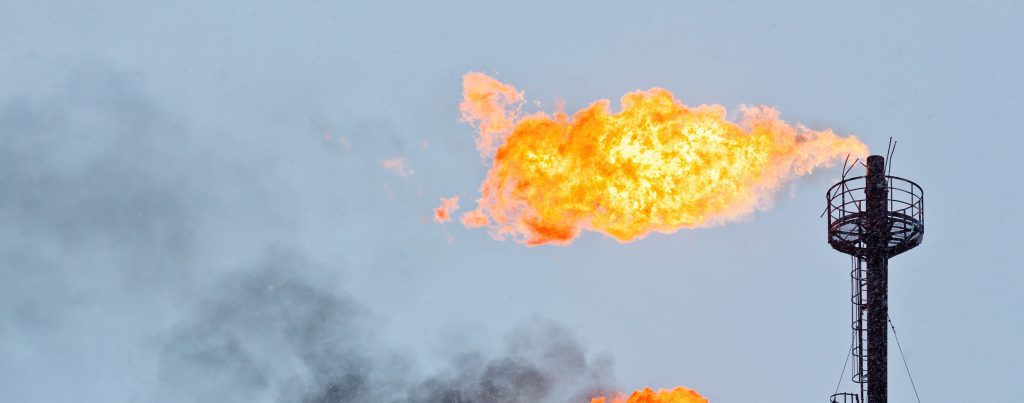Less than 24 hours after President Barack Obama won the presidency back in 2008, several of Prime Minister Harper’s ministers stated that Canada would work with the U.S. to tackle climate change, mirroring what was going on south of the border. It was the first message to Obama after “Congratulations.” Canadians were told that this would be a priority for the government and that work would begin within weeks.
Six years later, it’s clear that the government’s promise was empty. Today, as U.S. Energy Secretary Dr. Ernest Moniz is in Ottawa to meet with Canada’s Natural Resources Minister Greg Rickford, let’s compare Canadian and U.S. actions on climate and energy. Rather than a mirrored approach, what we see is the two countries are following very divergent paths. The U.S. is taking meaningful action to meet its commitments while Canada, which has the same official carbon reduction target, continues to slide further and further behind.
Today, we released a new backgrounder, A Tale of Two Countries: Comparing the United States’ and Canada’s Clean Energy Spending and Progress on International Climate Commitments. Co-authored by Environmental Defence and the Natural Resources Defense Council (NRDC), the backgrounder explores how the federal governments of the United States and Canada are moving in opposite directions with respect to efforts to combat climate change. It provides important context for the upcoming United Nations Climate Summit and the related People’s Climate March.
Since its election, the Obama administration’s most important initiative has been announcing its intent to set emissions standards for U.S. coal plants. These power plants are the country’s largest source of emissions, so this policy will lead to significant reductions in carbon pollution—by 2020 the equivalent of closing 125 coal-fired power plants. Let’s not forget that Obama is taking this step in the face of staunch opposition from the Republican-dominated U.S. Congress.
While the coal regulations may be the centrepiece, they are not the only measure. In 2013 alone, the U.S. government invested over $9 billion in clean energy technologies, such as wind power, solar energy, and smart grids. It has used tax breaks to encourage companies and citizens to invest in energy efficiency and electric vehicles, issued 17 new or updated efficiency standards for appliances and equipment, and set new standards for industrial emissions of other, potent greenhouse gases. Together, these measures put the U.S. on track to meet its 2020 climate target, and possibly surpass it.
So what has the Canadian government done? Its most important failure is that, in contrast to the U.S., the federal government has not addressed emissions from Canada’s most polluting sector, the oil and gas industry. This sector makes up a similar portion of Canada’s emissions as coal does in the U.S. But despite numerous promises since 2008, there is still not a single federal law or regulation addressing carbon pollution from the tar sands or other oil and gas facilities.
Canada is falling behind on clean energy investments too. Last year, on a per-person basis, the federal government invested 2.4 times less in clean energy than the U.S. government. Worse, over 80 per cent of that funding came from programs that are coming to an end in the next few years.
Canada has mirrored the U.S. in two ways though. First, in Copenhagen in 2009, Prime Minster Harper weakened Canada’s international carbon target so it would be in line with the U.S. one. Second, the Canadian government also adopted the Obama administration’s fuel efficiency standards for vehicles. But because the Canadian fleet was already more fuel efficient, Environment Canada predicts that carbon pollution from Canadian cars and trucks will continue to rise.
The upshot is that the U.S. is on track to meet its 2020 obligations, but carbon emissions in Canada will go down only 0.4 per cent, woefully short of its 17 per cent target. (Don’t forget that this is one of the weakest targets in the industrialized world.)
The culprit is easy to spot. Soaring pollution levels from the tar sands will overwhelm all other measures. For example, Ontario successfully shut down its coal-fired electricity plants, probably the most important climate change initiative to date on the continent. Rising emissions from the tar sands, however, have cancelled out much of that achievement. If the industry gets its way those emissions will rise a further 250 per cent in the coming years.
When U.S. Energy Secretary Moniz is in Ottawa today, we are sure he will ask about Canada’s progress on climate change. President Obama has repeatedly and forcefully said that this is a priority. The president has also said that his administration will not approve the Keystone XL tar sands pipeline if it significantly increases carbon pollution.
Unfortunately, Canadian government officials will be meeting Dr. Moniz with empty hands. Perhaps that will make it easier to clasp those hands together and plead for approval of Keystone, despite six years of Canadian inaction on climate change.







